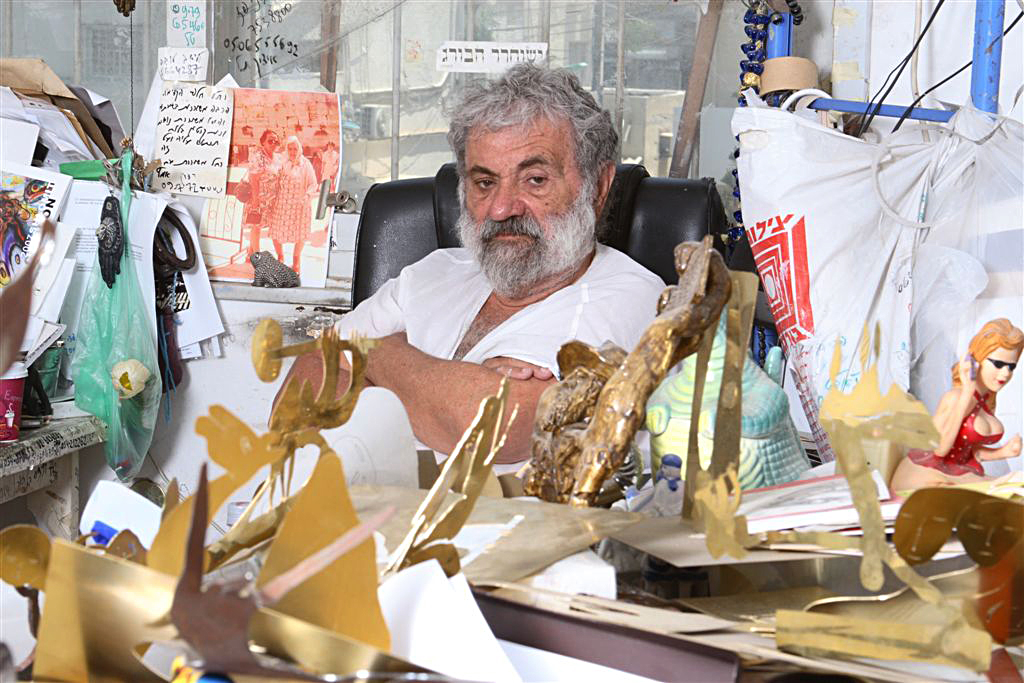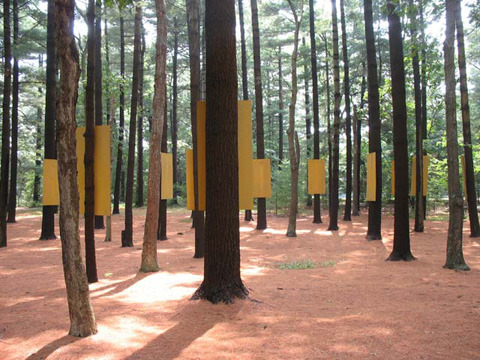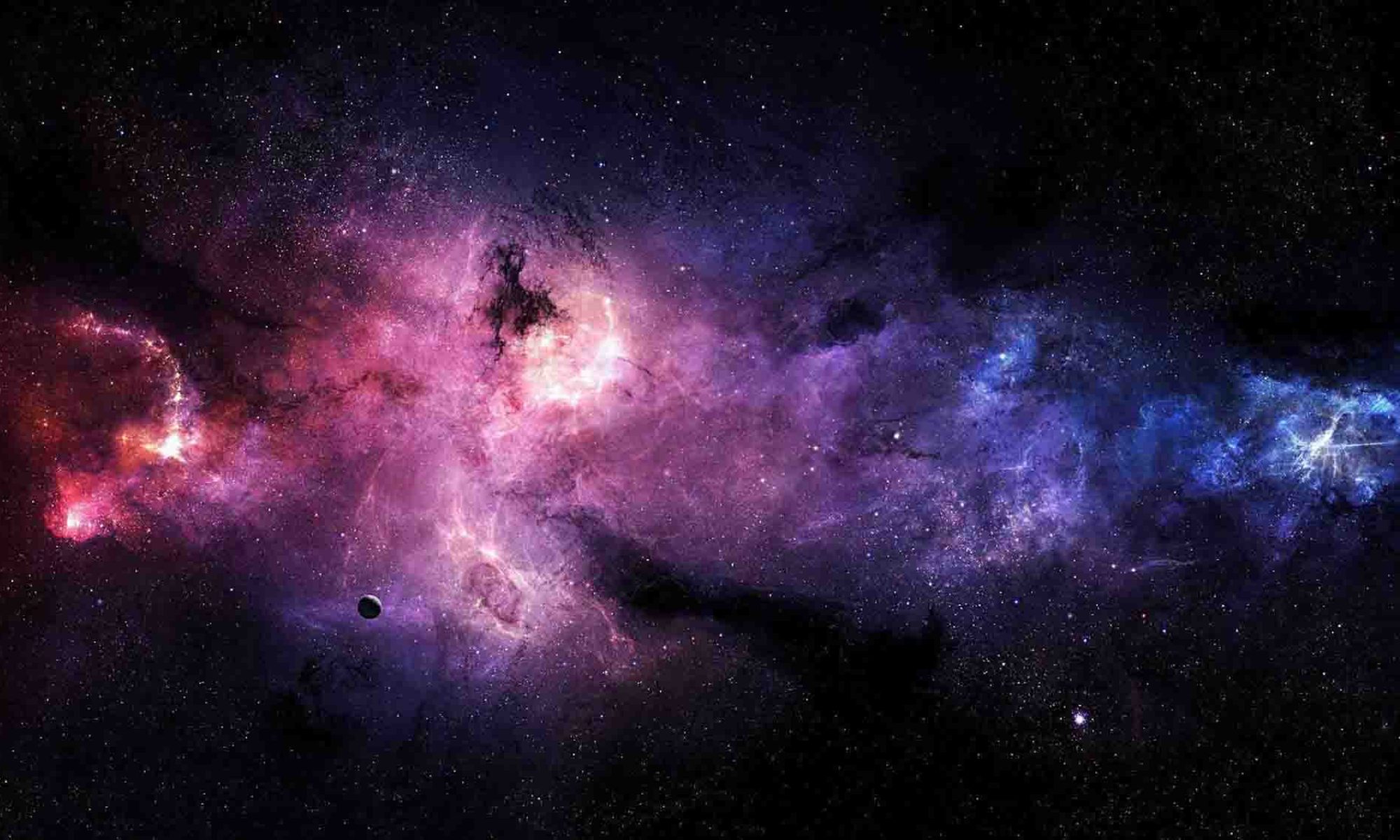Menashe Kadishman
Israeli sculptor and painter Menashe Kadishman passed away this month a year ago (May 2015) at the age of 82. Displayed throughout the world, some of his metal sculptures can be seen in central locations in Israel. He was awarded the Israel Prize for Sculpture in 1995.
The many works produced by the Israeli sculptor and painter Menashe  Kadishman often surprised and bring up to discussion the boundaries
Kadishman often surprised and bring up to discussion the boundaries
between high art and low art. At the 1978 Venice Biennale, he displayed a live flock of sheep stained blue (a “moving painting”, he called it).
The sheep became for Kadishman another symbol of human sacrifice and the story of the shepherd who turned into an artist became part of his personal story. Kadishman’s large physique, wild beard, loose long white shirt, and sandals enhanced his image of a man of the nature.
In his youth, he worked as a shepherd on Kibbutz Ma’ayan Baruch – an experience which had a significant impact on his later artistic work.
In 1995, he began painting hundreds of portraits of sheep, which became his artistic trademark
In his sculptures, Kadishman developed a signature style of cutout silhouettes made of steel, some reaching a height of 6 metres or more, somehow preserving the sensitive qualities of the line drawings from which they derived.
In 1997, the round, open-mouthed faces, made from iron, that had been part of his previous works were accumulated and spread on a gallery floor in Tel Aviv, with the title Shalechet – Hebrew for fallen leaves. This work grew and was exhibited elsewhere, culminating in a permanent installation of 20,000 pieces in Daniel Libeskind’s Jewish Museum in Berlin. Walking on the metal heads – as there is no other way of seeing it – is an unforgettable experience.
 Kadishman experimented with works exploring the relationship between nature and art. A series of environmental works, The Forest (Montevideo, Uruguay, 1969; New York Central Park, 1970; Haus Lange Museum, Krefeld, Germany, 1972) combined man-made yellow plates with the natural environment. Going one step further, he painted a tree in yellow organic paint (Jerusalem, 1972).
Kadishman experimented with works exploring the relationship between nature and art. A series of environmental works, The Forest (Montevideo, Uruguay, 1969; New York Central Park, 1970; Haus Lange Museum, Krefeld, Germany, 1972) combined man-made yellow plates with the natural environment. Going one step further, he painted a tree in yellow organic paint (Jerusalem, 1972).
His sculpture spanned two different trends in the art of the second half of the 20th century. The first, concerned with its own form, materiality and gravity, peaked in the mid-1960s to mid-1970s, especially in Britain and the US, and Kadishman was a fluent contributor. Examples include the minimalist aluminium and glass sculpture Segments (1968) at the Museum of Modern Art in New York; the yellow painted Suspense (1966) at the entrance to the Israel Museum, Jerusalem; Uprise (1967-74) in the Habima National Theatre Square, Tel Aviv; and Suspended (1968-76) at the Storm King Art Center, New York.
The other trend, from the early 1980s, related to art as a carrier of meaning: myths, memories and narratives, personal and collective. The sacrifice of Isaac was a major theme in Kadishman’s sculpture of the 1980s, which developed from the paintings of sheep he had started doing in 1979 and continued until his last days.
In the early 1990s he began a poignant series of works on a theme rarely approached by a male artist: birth. In these works the child is brutally detached, head down, from the mother’s body in a moment of mutual pain.
Kadishman was born in Tel Aviv to Bilha, a teacher and painter, and Ben Zion Kadishman, an industrial worker and sculptor, who emigrated from Ukraine in the early 1920s. He received his first artistic training from 1947 to 1950 with the sculptor Moshe Sternschuss, one of the founders of the modernist art group New Horizons, and then with the sculptor Rudi Lehmann, known for his sculptures and prints of animals.
In 1959 Kadishman went to London to study at St Martin’s School of Art, at the time the hub of the New Generation of British sculptors led by Anthony Caro. After a year or so he moved to the Slade School of Art and studied with Reg Butler. The transition of British sculpture from the figurative and mythical tendencies of the 1950s to the abstract, industrial-influenced works of the 1960s is apparent in Kadishman’s early sculpture as he replaced bronze and stone with aluminium, glass and steel.
The curator of his 1965 first solo show in London’s Grosvenor Gallery, Charles S Spencer preferred to link his work to the artist’s native land, Israel ‘with its harsh, linear landscape, vast deserts (sic!), bare mountain ranges’ and to his ‘Hebraic attitude’. In 1967 Kadishman won the first prize for sculpture at the 5th Paris Biennale for young artists and in 1968 participated in Documenta 4 in Kassel, Germany.
 Being a foreign artist in Britain was not easy in those days, as Kadishman related in the 2011 book on his sculptures by Marc Scheps. Being Israeli, without a British passport, prevented him from participating in official exhibitions, a painful experience that made him feel as if he did not belong in art circles. But it also had a liberating effect: “I suddenly understood that whether I followed or did not follow a certain trend, or was or was not influenced by a certain artist, my work emanated from within me – with no passports, permissions and accepted notions.”
Being a foreign artist in Britain was not easy in those days, as Kadishman related in the 2011 book on his sculptures by Marc Scheps. Being Israeli, without a British passport, prevented him from participating in official exhibitions, a painful experience that made him feel as if he did not belong in art circles. But it also had a liberating effect: “I suddenly understood that whether I followed or did not follow a certain trend, or was or was not influenced by a certain artist, my work emanated from within me – with no passports, permissions and accepted notions.”
The figure of the donkey emerged as a central feature in Kadishman’s most recent work. As the common Middle Eastern beast of burden, it expresses the agricultural society in which he grew up. But the donkey is also the animal that Abraham left behind at the foot of the mountain as he climbed with Isaac to the sacrifice. Finally, according to Jewish tradition the Messiah will arrive at the gates of Jerusalem on the back of a white donkey, signifying the end of bloodshed and sacrifice.
 In 1965 he married Tamara Alferoff, a British psychotherapist, and they had two children, Ben and Maya. In 1972, they separated and he returned to Israel. His career prospered in the following years, both in Israel and internationally. In 1995 he was awarded his country’s highest honour, the Israel Prize.
In 1965 he married Tamara Alferoff, a British psychotherapist, and they had two children, Ben and Maya. In 1972, they separated and he returned to Israel. His career prospered in the following years, both in Israel and internationally. In 1995 he was awarded his country’s highest honour, the Israel Prize.
He is survived by his children and six grandchildren.
Dr. Shirat-Miriam SHAMIR (Docteur en Arts et commissaire d’exposition)

